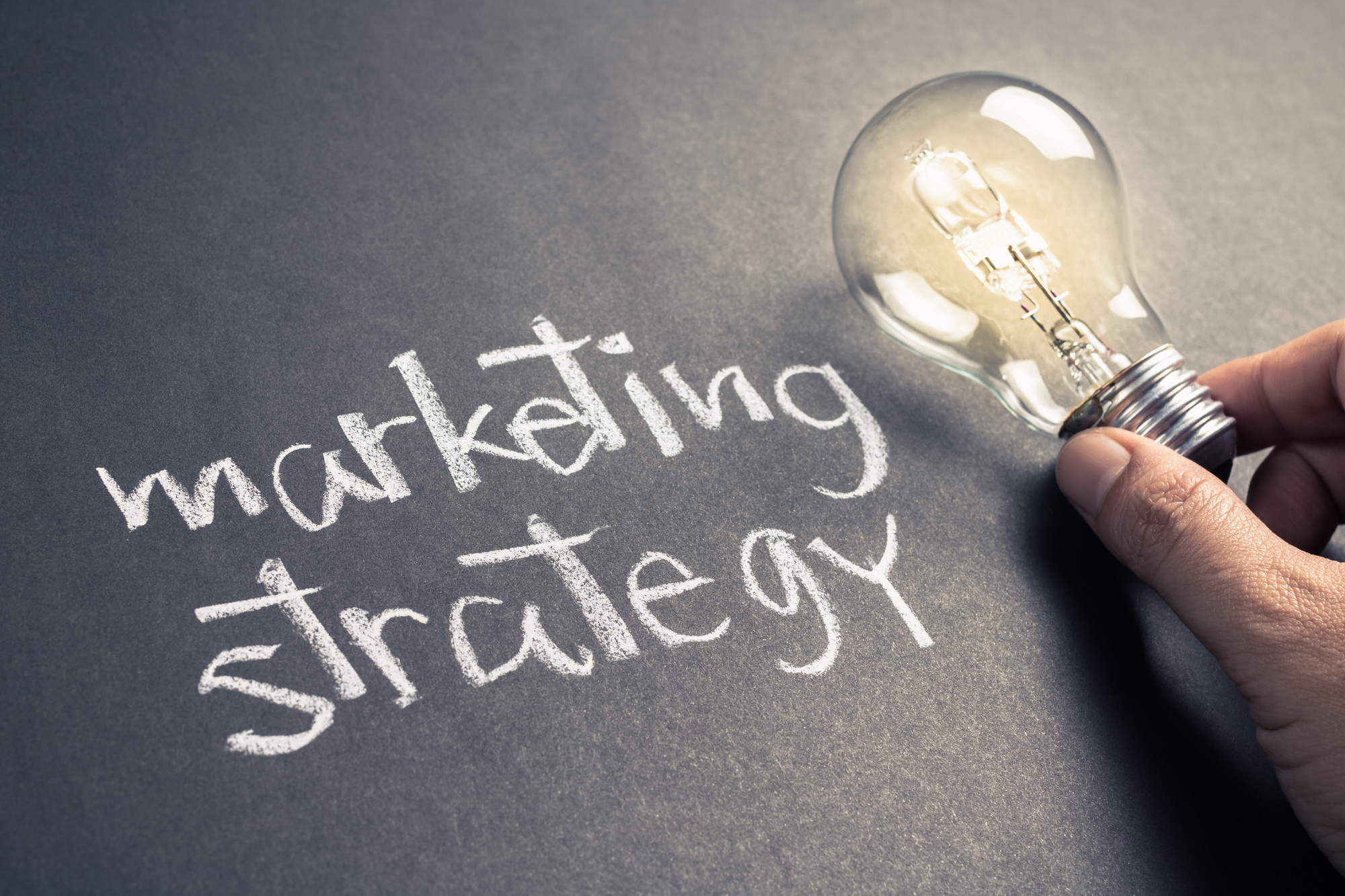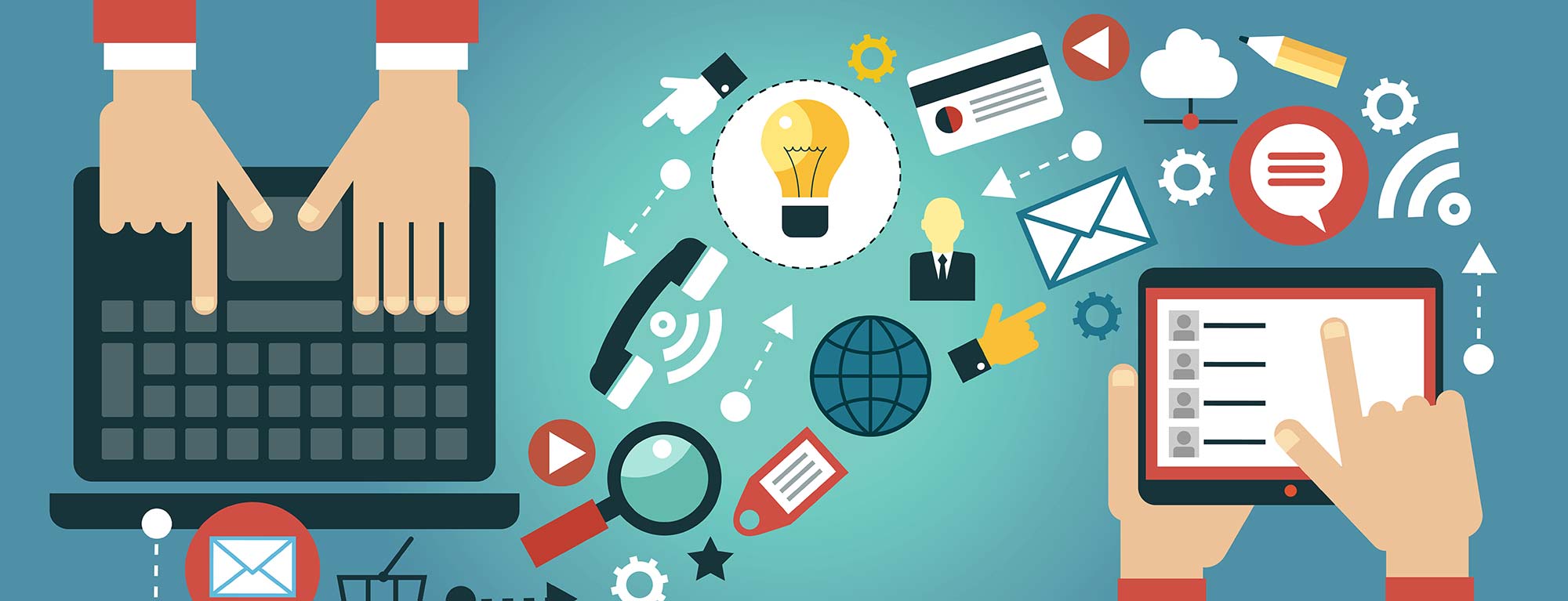When it comes to marketing, there are two main categories that are at the top: service marketing and product marketing. From their basic principles to the tactics used to gain market share and meet consumer demands,
You may have learned that there are different types of marketing. Marketing services and marketing products are one of the types of marketing. At first glance, you may think that they are the same thing, but when you delve deeper into them, you will find that they differ and there is a big difference between them. You can see the differences in the in this article.
Definition of product marketing
The strategic process of presenting, promoting, and selling a certain product or service to consumers is commonly referred to as product marketing. It entails having a thorough awareness of the market environment, the target market, and the special qualities of the product. This field covers every stage of the product lifecycle, from conception to launch, and even includes analysis and optimization after the fact.
Product marketers work together with a variety of teams, such as sales, advertising, and product development, to create go-to-market strategies, positioning tactics, and messages that are captivating. Their objectives are to fulfill what the customer wants, effectively communicate the product’s value proposition, and eventually increase revenue and approval in a competitive sector.

Service marketing concept
Services marketing is known as the marketing of intangible assets. It is a huge and versatile field and works in two ways:
- (B2C) means marketing based from the company to the customers. It includes work for the company’s clients in industries. Which provides direct services to customers in exchange for some fees.
- (B2B) means marketing from company to company. The business includes service companies that provide services to other business sectors.
Product marketing is an integrated combination of 4Ps. But services marketing is more than simple marketing, it involves an undivided combination of the 7P’s. 7P is divided into two parts
- The four marketing mixes are product, place, promotion, and pricing.
- The extended part of services marketing includes people, processes, and physical evidence.
The difference between service marketing and product marketing is that you cannot define the service by the way you describe the product. Unlike a product that you can touch, feel, smell, and taste. Therefore the service is intangible.
This is the biggest difference between service marketing and product marketing. Service marketing is unique because it involves the challenges of associating a tangible property with an intangible thing.
9 Major Differences Between Service Marketing and Product Marketing

Here are 9 major differences between service marketing and product marketing:
1. Products are tangible and services are intangible
The methods or strategies used in product and service marketing are not the same. Marketing strategies for selling things can also be touched, seen, felt, tasted, smelled, and other senses because products are physical.
However, services marketing strategy is a different approach as services are intangible because the customer cannot see, feel, taste or smell the services.
While products can be advertised by being shown and displayed, services can only be used. As a result, the marketing strategy used for goods and services is different.
Let us understand through an example that a ready-made food product can be offered and sold but a telephone service cannot be offered but can only be tried.
2. Marketing products and services
It is possible to modify or transfer ownership of a thing, as well as to sell the items to another individual. Similar restrictions apply to services, as it is not possible to resell any services that someone else is using. To put it simply, a product may be resold, but a service cannot.
For example, ownership of products such as cars, residential or commercial properties, all types of machinery, etc. can be resold or transferred under a different name or ownership.
But after you get a degree, get your hair cut by a hairdresser, or have surgery, you can’t sell it or give it to someone else since you’ve already used it up.
3. Products come to the customer while the customer comes for the service
After making a purchase, the consumer can take the products with him. When it comes to services, the reverse is true. The customer is compelled to visit the service provider directly in order to use the service.
There is a saying that goes, “The product goes to the customer, but the customer goes to the service.” The reason is simple and clear, as the service cannot be separated from the service provider.
4. Products and services are standardized upon demand
The standards of the product, the market, and the intended consumer base are taken into consideration during the manufacturing and production process. Because the items are tested by the quality department before being placed on the market, manufacturers are required to maintain the standards of their products.
As for services, they are provided according to the needs and preferences of each client. This is called customizing the service according to the customer’s requirements.
For example, a biscuit manufacturing company that makes delicious chocolate cream biscuits must ensure that it maintains standards of hygiene, appearance, presentation, taste and quality of the products to maintain continued sales of the product that will be inspected before it is released into the market.
Read this article :10 Successful WhatsApp marketing strategies
5. Delivery quality varies for both
How does the quality factor for each now differ? Both ought to provide excellent quality, without any question. It is the responsibility of manufacturers to keep their products up to standard. The raw material and mechanism employed determine the product’s quality. Both the materials and the machine can be changed and improvised because they are inanimate objects and a resource of the company only.
6. Differences in expansion
Expanding a production business is simple by simply increasing the production of the product to meet customer requirements, by increasing its distribution, reaching its sales and reaching more and more customers. Expanding a service business is not as easy as scaling a product business.
To do this, providers will have to increase their team of trained or experienced service providers, and this includes recruiting by hiring staff from competing companies or hiring new staff.
This involves a lot of investment of time and money in recruitment, induction, training and motivation of staff and retention as the loss of existing trained and experienced staff is the biggest loss for a service provider.
7. Added value to customers
It’s believed that when a customer purchases a product, he looks for value for the money. For instance, the consumer must pay a price to purchase and use a television or soap.
However, if a customer purchases a service, he or she is looking for returns on the value paid to purchase the service over the counter or encounter with the service provider in question.
Financial advisors and specialized physicians are examples of service providers. Every provider has a varied quality, which is solely determined by the methods used in their selection and training.
8. The real heroes
The real heroes in the product space are the company’s managers, who not only design the product but also supervise its manufacturing and other aspects and market it to drive sales and optimize profits. When it comes to services, things are completely different.
When it comes to service, the real heroes here are the employees. However, the marketing here is also designed and strategized by the company’s marketing team.
With this the same is done by the frontline employees of the company who are the champions of the company who increase the business and earn revenue for the company.
9. Customer placement
Products separate their business from their customers; this is not to argue that clients are unimportant to the business; rather, the production of the products is indifferent to or unconnected with the customers.
Even in this case, the consumer is king of the market and extremely important, accordingly data about their needs and priorities is gathered from them in order to create and construct the product.
For services, it is simply the opposite where the customer is directly involved in the business because service providers have direct interaction with the customer on a daily basis, and this cannot be ignored.
These differences affect the sales and marketing of a company, the cost of manufacturing, selling, marketing, assets of the company, tasks of managing the company etc.
Conclusion
In conclusion, Understanding the important differences between product and service marketing is essential for companies. Acknowledging these differences simplifies the development of customized plans, ensures client happiness, and effectively gains market shares in their respective fields.


